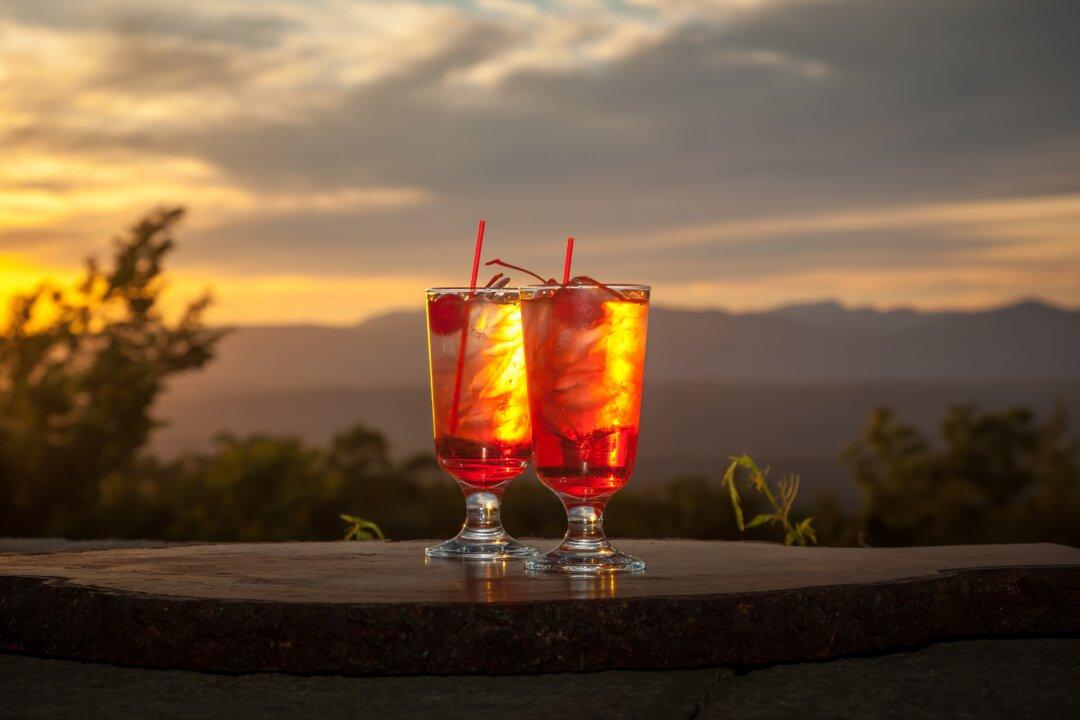Commentary
This time, one might say, the Scientific American has gone too far. But actually, that’s been going on for years. It’s just one absurd outrage after another, a persistent tendency to justify every awful policy with some pseudo-science defense.





